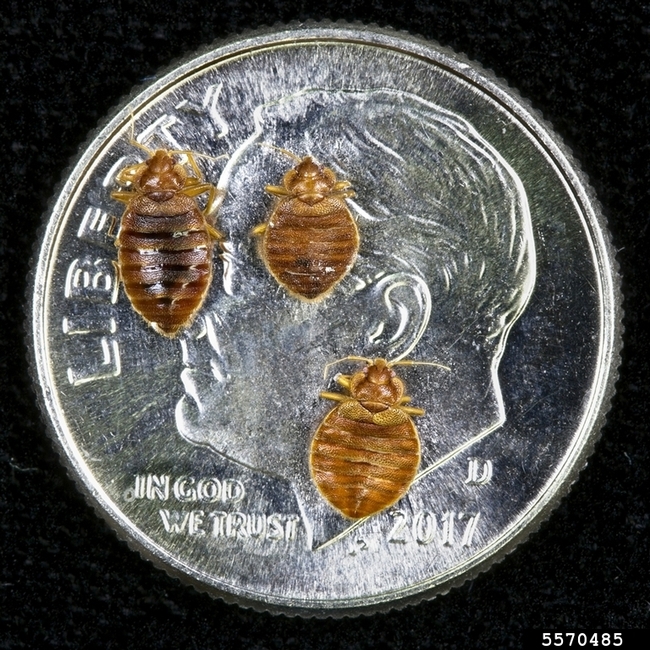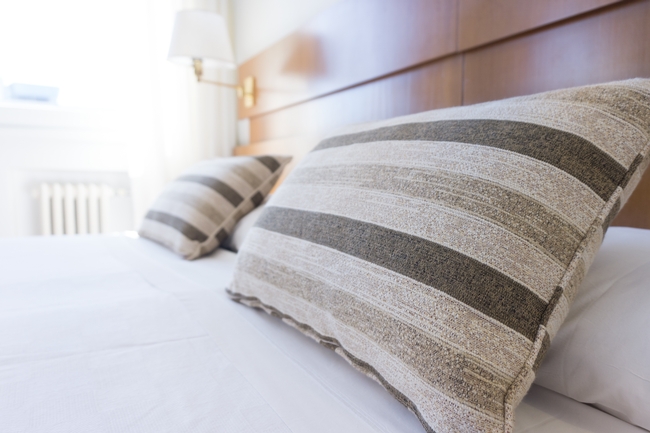As vacation season begins, people will be traveling much more in the coming months. Whether you'll be staying at a hotel, hostel, motel, rental home, or summer camp, you should always be on the lookout for bed bugs. A bed bug check takes only a few minutes to complete and can give you and your family peace of mind when staying at new places.

Bed bugs are small insects, but big enough to see with the naked eye. They are oval shaped, wingless, and reddish brown. Bed bugs feed only on human blood, usually at nighttime while we are sleeping.
It's important to remember that bed bugs can occur anywhere and are not always an indication of poor hygiene or care. Bed bugs can be moved to new places on furniture, luggage, clothing, and bedding.
Follow these steps to do a simple bed bug check:
- Leave luggage in the lobby, hallway, outside the door, or bathtub while you inspect the room.
- Check the bed. Look for signs of live bed bugs, shed skins, blood stains, or eggs.
- If staying in a pre-made bed, pull back the sheets and look around mattress seams, the boxspring and headboard, and behind the nightstand. A flashlight can be helpful when doing this. If there is just a mattress, such as at camps and hostels, inspect the seams of the mattress pad and lift it up to also look underneath.
- Check other areas of the room. Inspect any upholstered furniture, behind picture frames, and along baseboards. Most bed bugs will be around the bed if they are present.
When you return home from your stay, inspect any luggage for bed bugs that may have hitched a ride. People can pick up bed bugs while traveling on buses, trains, airplanes or other locations with upholstered seats. Clothing from your trip can be laundered on the hottest setting to kill any bed bugs that may have gone unnoticed.
Don't let bed bugs ruin your summer fun!
- Watch this short video to learn how to do a bed bug inspection: https://www.youtube.com/watch?v=oWCc3Mngo7E&t=2s.
- Learn more about bed bug identification and control in UC IPM's Pest Notes: Bed Bugs https://ipm.ucanr.edu/PMG/PESTNOTES/pn7454.html.
